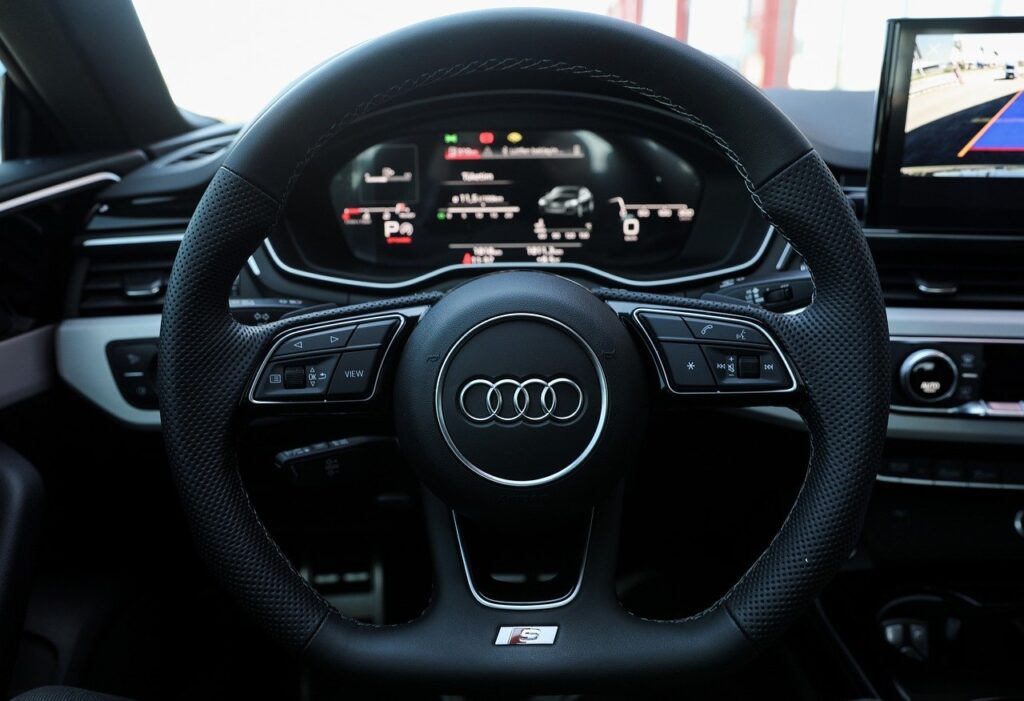Those who lived in the last two centuries might have thought of travelling by car, plane, or ship as an
impossible thing. However, with time, things have changed and taken a new shape in recent days.
Though not yet there yet, they're more than enough change that could make those who lived in the past
perceive us as wizards or aliens. A huge leap in the evolution of travelling to a sharp turn when the
industrial revolution began. Currently, we’ve got at least more advanced forms of travelling but still, the
evolution continues. Now, what will travel look like in the next 10 years?
Since the beginning of this century, we’ve witnessed a tremendous change in the last 2 decades. We are
now into the third decade and a lot more is expected to come in place. Travelling is a diverse sector that
comes with many forms of travelling. The list is almost endless with new and new methods raising every
time. However, there are common forms of travelling and they are as follows, Road(cars, buses, trucks),
Air(planes, helicopters, jets), Sea( Boats, cruise ships, canoes). All these are expected to change or rather
evolve in the next 10 years and here is how.
Travelling by road is arguably the most commonly used form of transport. It came first even before other
forms were introduced, that being sea and air. Currently, a huge population is largely dependent on this
form of transport. It is cheap, reliable, and very flexible. There is no place you can fail to reach while
travelling on road. Now the differences come in with the different modes of transport being used. Before
the early days of industrial revolutions, modes of road transport being used included; Animal driven
carts, animals (horses, donkeys and camels).
Things took a sharp turn in the late 19 th century and the beginning of the 20 th century when steam
engines were invented. Currently, automobiles and specifically vehicles have taken over as the primary
modes of road transport. Vehicles are very fast, reliable, and efficient. If you think of getting a
performance vehicle, luxury vehicle, or a super-fast vehicle, all that comes in one plate. These vehicles
have been equipped with state-of-the-art modern accessories, masterpiece designs, and made with
rare-to-find materials.
But the real truth remains that this and much more is expected to change in the next 10 years the future
at large. Let’s now have a look at what is expected to change.
Autonomy
The production of autonomous vehicles can be traced back to the early 1920s when experiments were
conducted on automated driving systems. It was until the 1950s that the first car was tested and it took
an additional 20 years for one to be fully produced. The analog computer systems worked miracles at
that time but the car had to be driven on special streets. Tireless research and unfolding innovations
paved way for more and more features added to the system.
Vehicles made between the period from 1950 to 2000 made up most of level 1 and 2 autonomous
vehicles. It was until 2021 March that Honda unveiled a fully autonomous level 3 sedan. This means that
you can get your hands off the steering wheel and the road on some occasions. However, the racer
continues to make a fully dependent car. In the next 10 years ahead, a level 4 autonomous car will be in place. At the same time, perhaps a level 5
will be under tests and experiments. Both level 4 and 5 autonomous cars are flexible and dynamic
therefore need very minimal human assistance.
Full-scale electric vehicles taking over
Within the next 10 years and into the future, more electric cars will be produced and increase the “going
green” effect. By 2020, over 10 million electric cars have been reported to be registered. This number is
expected to skyrocket 10 years from now. Due to the ongoing climate change debate, probably there
will be laws, incentives, and tax relief that will promote the purchase of electric cars by the population.
Besides the EV market booming in the next 10 years, a lot more advancement on the EV and Plug-in
hybrids is expected to take place as well. We are talking about the use of non-flammable inorganic
electrolyte batteries that reduce chances of fires, increase miles per single charge, and reduce
environmental impact from car battery production.
Conclusion
In the next years, we will probably not be traveling in the same manner as of now. A lot more invention,
innovation, and tests and experiments are undermined to revolutionize and advance further ahead. We
expect super-fast cars, flying cars, badass drones, and all the other super techy automobiles. Extended
warranties will never cease from being in use. As usual, every piece of machinery falls victim to
breakdowns. A-Protect Warranty Corporation is here for you. Be part of our lovely team and let us
secure your car from unforeseen breakdowns and expenses. Talk to us now; +1-866-660-6444 or email
us via info@a-rptectwarranty.com



